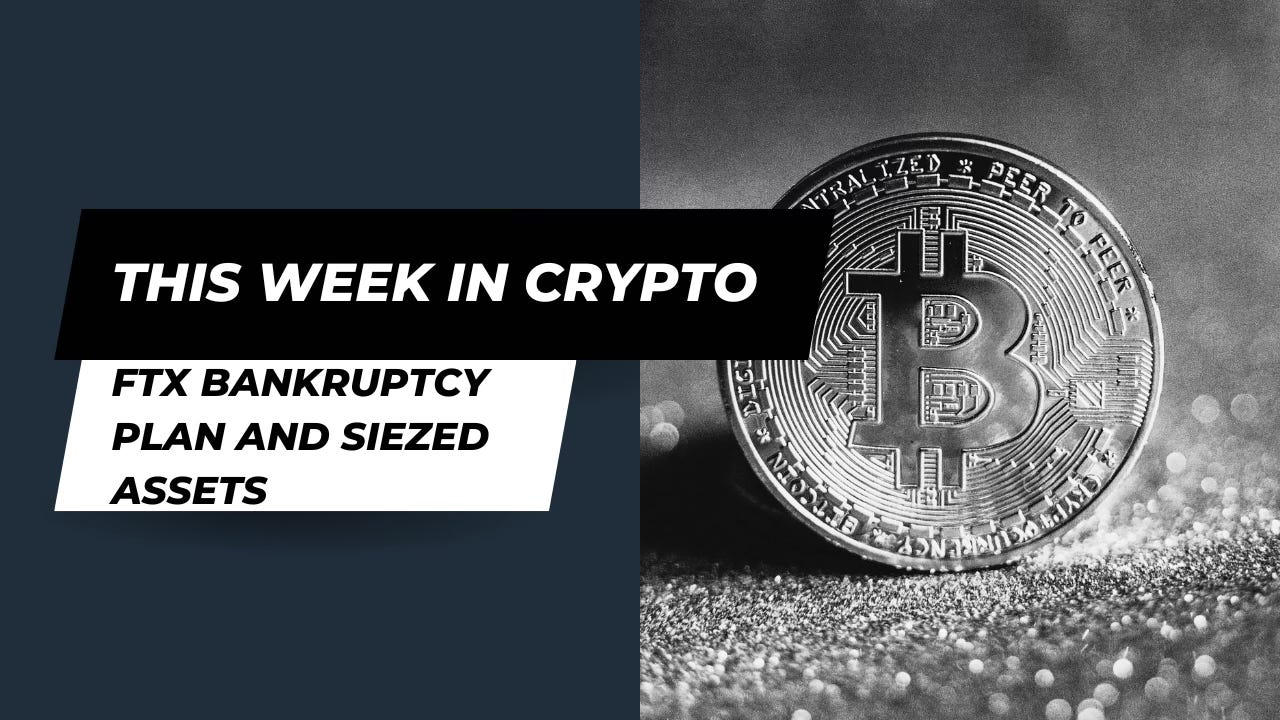The cryptocurrency market is navigating a period of significant regulatory and financial shifts, driven by major developments involving institutional players, legal decisions, and broader market dynamics. This report focuses on three key stories impacting the crypto ecosystem: the US government’s pending auction of Silk Road Bitcoin, FTX’s bankruptcy plan approval, and Bitcoin’s performance in 2024. These events collectively underline the ongoing maturation of digital asset markets and highlight emerging opportunities and challenges for institutional investors.
Silk Road Bitcoin Auction: Government Moves Forward with Record Sale
The US Supreme Court has cleared the way for one of the largest Bitcoin auctions in history, as the government prepares to liquidate 69,370 Bitcoin, valued at approximately $4.4 billion. These assets were seized from the notorious Silk Road marketplace, following the arrest of its founder, Ross Ulbricht. A dispute involving Battle Born Investments, which claimed rights to the Bitcoin, was settled in favour of the US government, allowing the sale to proceed.
The auction will be handled by the US Marshals Service, which has custody of the Bitcoin, likely in partnership with Coinbase Prime. This event marks a significant moment in how governments handle seized digital assets, and political interest in the sale has been growing. Former President Donald Trump has suggested that if re-elected, he would retain government-seized Bitcoin as part of a “strategic Bitcoin stockpile.”
For institutional investors, the auction reflects the increasing legitimisation of digital assets as governments move beyond regulatory enforcement to financial asset management. The scale and complexity of the Silk Road Bitcoin auction also provide a blueprint for future government dealings with seized crypto assets, particularly as the regulatory landscape continues to evolve.
FTX Bankruptcy Plan Approval: A Path to Repayment
In a parallel development, FTX has received court approval for its bankruptcy wind-down plan, positioning it to repay customers using up to $16.5 billion in recovered assets. U.S. Bankruptcy Judge John Dorsey described the plan as a “model case” for handling complex Chapter 11 proceedings. The approved plan allows FTX to prioritise customer repayments, with 98% of customers—those who held $50,000 or less—expected to be repaid within 60 days of the plan’s effective date.
FTX’s collapse in 2022, following revelations of misappropriated customer funds by its founder Sam Bankman-Fried, sent shockwaves through the crypto community. However, the company has since recovered significant assets, partly through liquidations of other investments, including its stake in artificial intelligence startup Anthropic. The recovery has been substantial enough that customers are expected to receive at least 118% of their account value as of November 2022.
Nevertheless, some customers have expressed dissatisfaction, citing the missed opportunity to benefit from the rebound in crypto prices since FTX’s collapse. For example, Bitcoin prices have surged from $16,000 in November 2022 to over $63,000 by late 2024, leading some creditors to argue for higher repayments to reflect current market conditions. Despite these objections, FTX has maintained that it is not feasible to return customers' original crypto holdings, as most of these assets were lost in the company’s downfall.
Bitcoin’s Performance in 2024: Institutional Interest Holds Steady
Despite the market turbulence surrounding events like the FTX collapse, Bitcoin remains a leading asset in 2024. According to research from New York Digital Investment Group (NYDIG), Bitcoin’s year-to-date gain stands at 49.2%, despite a subdued Q3 performance. The modest 2.5% gain in Q3 was influenced by large Bitcoin sales from both the US and German governments, as well as the distribution of assets linked to the Mt. Gox and Genesis collapses.
Institutional inflows remain strong, with Bitcoin exchange-traded funds (ETFs) recording $4.3 billion in new capital during Q3. Corporate ownership is also on the rise, with major firms like MicroStrategy continuing to hold significant Bitcoin reserves. These factors underscore Bitcoin’s resilience and its growing role as a hedge within multi-asset portfolios, even amid regulatory and market pressures.
Political and economic developments are expected to shape Bitcoin’s trajectory in Q4. The upcoming US presidential election in November is a key event, with both major candidates expressing more positive stances on crypto than the current administration. Additionally, potential global monetary easing, particularly in China, could provide further tailwinds for Bitcoin.
Rounding-up
The developments surrounding the Silk Road Bitcoin auction, FTX’s customer repayment plan, and Bitcoin’s robust performance in 2024 all point to a maturing market for digital assets. Governments, institutional investors, and regulators are increasingly aligned in recognising the strategic importance of cryptocurrencies, while recent events underscore both the opportunities and challenges in this evolving space.
For institutions seeking to build a competitive edge in this dynamic market, understanding and participating in the digital asset ecosystem is essential. Ecoforge Research offers tailored insights and strategies to help institutional investors navigate these emerging opportunities. Contact us to explore how we can support your organisation in harnessing the potential of this rapidly growing sector.




